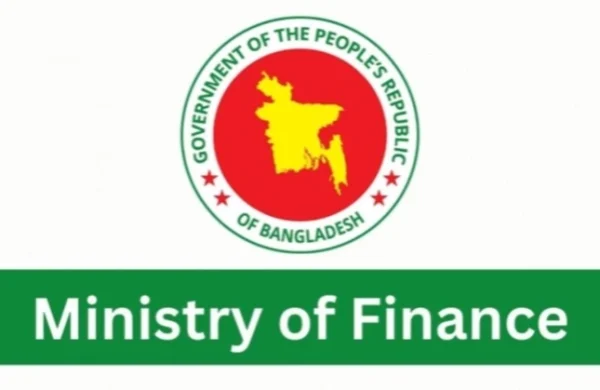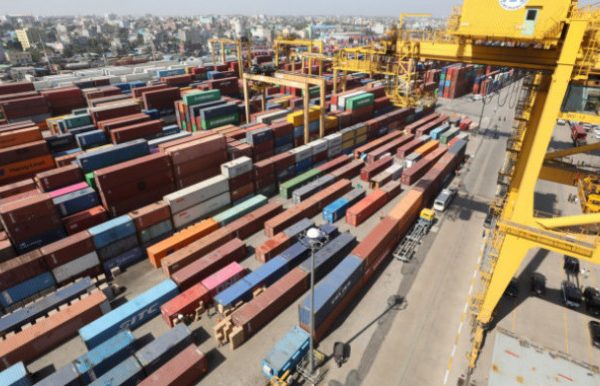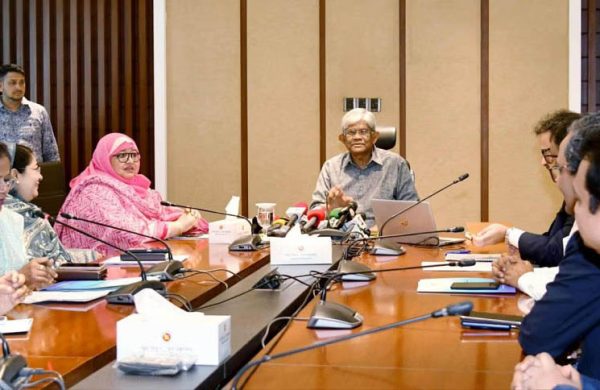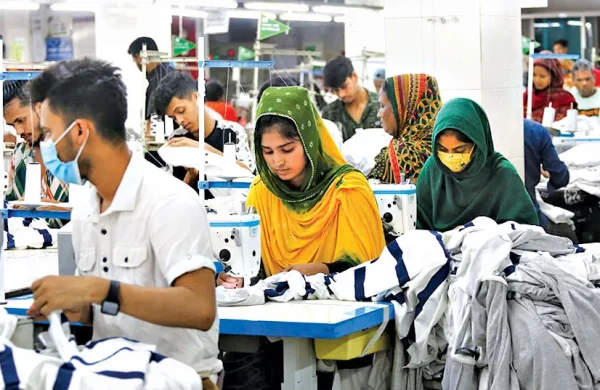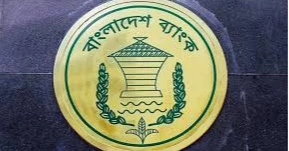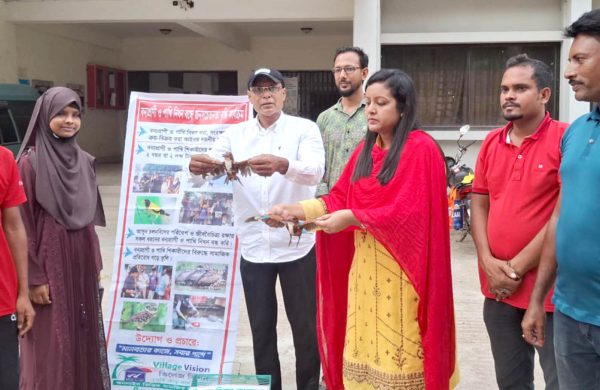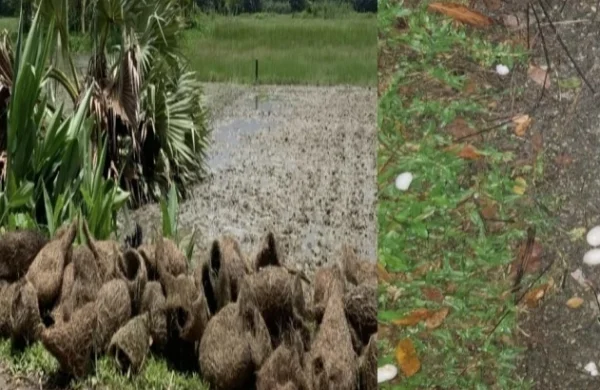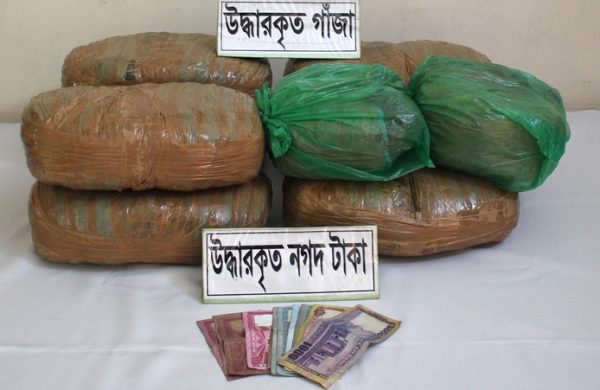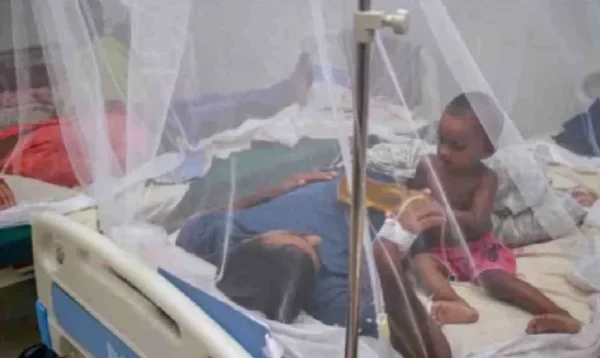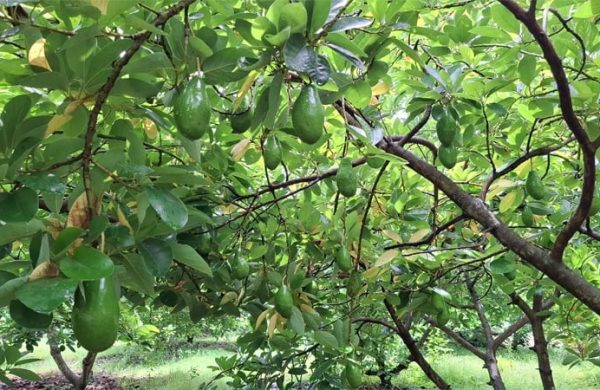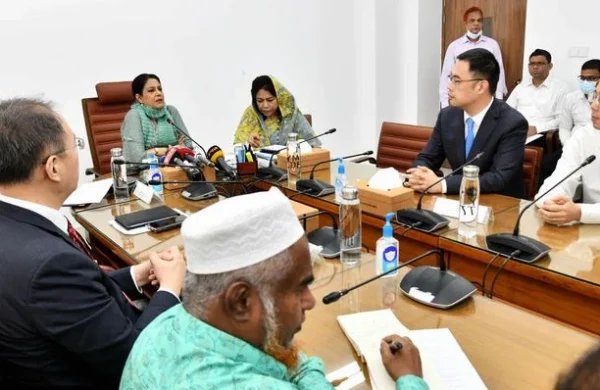Tk3500cr Nakshi Palli project to be introduced by Tk200cr
- Update Time : Wednesday, February 12, 2025
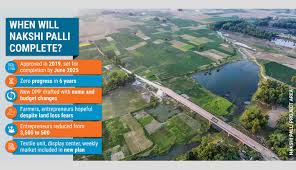
Staff Correspondent:
Former textile & jute minister and MP from Jamalpur-3 constituency Mirza Azam was the organization secretary of Awami League (AL). During his China visit, he saw enormous Nakshi Palli and was attracted by the idea.
He thought of setting Nakshin Palli in Jamalpur Sadar and Melandah upazila, without any sort of feasibility test.
Even though a huge cropland was destroyed, he didn’t pay a heed to it. During that time, many including the planning minister opposed the sky-high project of Nakshi Palli. But, he put a lock on everyone’s mouth by putting Sheikh Hasina’s name before the name of Nakshi Palli.
According to the sources in the textile and jute ministry, “although the first phase (lank acquisition and land development) of the Sheikh Hasina Nakshi Palli, costing 722 crore taka, was approved, Mirza Azam could not start work even after five years.” Estimated cost for the project was 3,500crore taka.
Many believes that the work did not progress due to the strained relationship between former textile and jute minister Golam Dastagir Gazi
According to many, the work did not progress due to the strained relationship between former Textile and Jute Minister Golam Dastagir Gazi and former state minister Mirza Azam.
Again, many in the ministry were not interested in destroying 300 acres of cropland and making such an enormous Nakshi Palli. A senior official of the Bangladesh Handloom Board said: “Many of us were unwilling to take on such a big project at that time.”
The official who wished to be unnamed said: “Mirza Azam took this project only to achieve his own interests.”
Professor Mustafizur Rahman, a respected fellow at the research institute CPD, said: “Plenty of projects were taken without any sort of reality check during the previous government’s tenure, from which the country receives no economic output.”
Many illogical projects were also taken, he continued, adding: “Now the government is eliminating unnecessary parts from many projects. The government itself is also in trouble with loans in many projects.”
Recently, on a field visit to the Nakshi Palli area of Jamalpur, it was seen that there were eye-catching crop fields on the banks of a canal. A farmer named Mofiz (44) stressed that if the government takes his land he will become unemployed.
He said: “My land is very fertile; I can cultivate round the year- three times in a year. I can grow rice, mustard, cucumber, jute – all of them.”
Another farmer named Alauddin (50) said: “I have ০.52 acre of the land. I grow three crops here. I earn one lakh taka, which is very important for my family of eight. What will we do if we take the land?”
“Without this, we have no momentum,” the farmer added, looking at the field with eyes full of tear.
Ministry sources said that the name of Sheikh Hasina Nakshi Palli project is now being changed to Jamalpur Nakshi Palli.
The process of preparing a new DPP (Development Project Proposal) with a proposal to reduce the cost of the project has begun.
The project is now being proposed to carry out within 200 crore taka. According to the new plan, it is being considered to send a proposal to create Nakshi Palli for 500 entrepreneurs, which was earlier supposed to be done for 3500 entrepreneurs.
Bangladesh Handloom Board chief (Planning and Implementation) Md Ayub Ali said that even though the project has been in operation for five years, no funds have been released yet. Initially, it was planned to be done with a budget of Tk 722 crore, but now it is being proposed to reduce it to Tk 200 crore for 100 acres.
However, textiles and jute ministry secretary Md Abdur Rauf said: “No decision has been made yet to abandon the project or implement on a smaller scale.” They will present the overall scenario of the project to the commerce adviser and the adviser will decide.
According to planning commission sources, the Sheikh Hasina Nakshi Palli project was adopted to create a specialized zone for artists, artisans and weavers in the Kampur area of Jamalpur, which was approved by the AL government in 2019 and was supposed to be implemented by June 2025.
A meeting was recently held on the future of the project. The meeting was attended by representatives of the ministry of textiles and jute, the handloom board, the planning commission and various stakeholders. The meeting decided to determine the amount of land for the project at a reasonable level, re-determine the scope of the project and take necessary steps to amend the DPP in light of that.
Recently, planning and education adviser Dr Wahiduddin Mahmud said that if any project is not implemented, it will be dropped for the economic sustainability of the government and the interests of the people.



